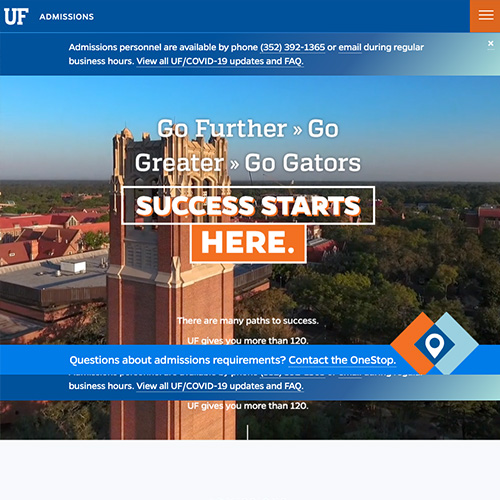FEAP 2c.- Conveys high expectations to all students
Printable Version (.pdf)
|
UNSATISFACTORY |
DEVELOPING |
ACCOMPLISHED |
EXCEPTIONAL |
| The teacher doesn’t probe incorrect answers of low expectancy students in the same manner as he/she does with high expectancy students. (M)
The teacher tells students that they’re doing a lesson because it’s on the test, in the book, or mandated by the district. (D) Teacher says to a student: “Why don’t you try this easier problem?” (D) Students turn in sloppy or incomplete work. (D) Students don’t engage in work, and the teacher ignores it. (D) Students have not completed their homework, and the teacher does not respond. (D) Almost all of the activities are busy work. (D) |
The teacher asks another student to help low expectancy students with an incorrect answer. (M)
Teacher says: “I think most of you will be able to do this.” (D) Students consult with one another to determine how to fill out a worksheet but do not encourage each other to question their ideas. (D) Teacher does not encourage students who are struggling. (D) Only some students get down to work after an assignment is given or after entering the room. (D)
|
The teacher somewhat probes incorrect answers of low expectancy students in the same manner as he/she does with high expectancy students. (M)
Teacher says: “This is important; you’ll need to speak grammatical English when you apply for a job.”(D) Teacher says: “This idea is really important! It’s central to our understanding of history.” (D) Teacher says: “Let’s work on this together: it’s hard, but you all will be able to do it well.” (D) Teacher hands a paper back to a student, saying, “I know you can do a better job on this.” The student accepts the comment without hesitation. (D) Students get down to work right away when an assignment is given or after entering the room. (D) Teacher is heard saying, “Last week you got a 5 and this week you got 7 right. I knew you could get better each week.”
|
The teacher uses pacing techniques to maintain students’ engagement. (M)
The teacher demonstrates intensity and enthusiasm for the content in a variety of ways. (M) The teacher uses friendly controversy techniques to maintain student engagement. (M) The teacher probes incorrect answers of low expectancy students in the same manner as he/she does with high expectancy students. (M) The teacher says: “It’s really fun to find the patterns for factoring polynomials.” (D) Student asks a classmate to explain a concept or procedure since s/he didn’t quite follow the teacher’s explanation. (D) Students question one another on their answers. (D) Student asks the teacher whether s/he can redo a piece of work since s/he now sees how it could be strengthened. (D) Students work even when the teacher isn’t working with them or directing their efforts. (D) |
Where noted, examples based on:
“(D)” – Danielson C. (1996). Enhancing professional practice: A framework for teaching.
Alexandria, Va: Association for Supervision and Curriculum Development.
“(M)” – Marzano, R. J. (2007). The art and science of teaching: A comprehensive
framework for effective instruction. Alexandria, Va: Association for Supervision and Curriculum Development.
Resources:
http://www.ascd.org/publications/books/102010/chapters/Turnaround-Teachers-and-Schools.aspx (last half of document)
http://www.kidsource.com/kidsource/content4/student.expectations.html
http://gearup.ous.edu/sites/default/files/Research-Briefs/ResearchBriefHighExpectations.pdf
http://www.educationworld.com/a_admin/columnists/bell/bell003.shtml




